Aloe species: a close encounter with a guest from the desert
The centenary is one of those amazing plants that combine simplicity, benefits and exoticism. He firmly took his place on the windowsills, helping the owners to defeat many diseases.
Content:
- Aloe: botanical features
- Aloe arborescens - a domesticated guest from Africa
- Aloe Vera - a handy first aid kit
- Other popular types of aloe
- Exotic agave species
- How to properly care for a plant
Aloe: botanical features
The vast majority of this plant is grown for its medicinal properties. An irreplaceable home doctor is popularly called an agave, a thorny flower, a sabur, an alliance.
Aloe is an unpretentious and hardy plant that has adapted to life in rather harsh conditions. This is not surprising, because it comes from the dry regions of Africa and the Arabian Peninsula, Madagascar and the islands closest to it.
Leaves are constantly cut from the agave, using them for various purposes. The appearance of the plant does not get better from this. But if you take proper care of the aloe and stop cutting, you can grow a very beautiful representative of the species.
In ancient times, the flower was called "the tree of paradise". It symbolized longevity and well-being.
Due to its appearance, the plant is often compared and even confused with a cactus. In fact, the prickly agave is related by family ties with tulips and hyacinths.
Aloe belongs to the Liliaceae or Asphodeloid family. The genus unites 350 species of plants, which can be radically different in appearance. Representatives are perennial grasses, shrubs, trees and even vines. The height of some species reaches 20 m.
Features of aloe:
- In the natural environment, the centenary is a succulent plant characterized by succulent fleshy leaves collected in a basal rosette.
- From above, they appear to be covered with wax. Matte bloom protects the surface of the flower from the hot sun.
- Sharp thorns at the edges discourage herbivores from eating the plant.
- On a long stem (up to 80 cm), bright red, orange, yellow and white flowers are formed.
- Under natural conditions, the plant blooms annually. Domesticated aloe is very rarely shown in all its glory.
- Grows in a flowerpot from 5 to 20 years.
Representatives of the Aloe genus came to window sills from hot deserts and shroud, adding a touch of exoticism to familiar landscapes.
Aloe arborescens - a domesticated guest from Africa
Although plants from the asphodelic family are quite common, not all of them are suitable for growing at home. There is hardly anyone who wants to have a huge thorny tree among the apple trees.
However, there are species that have firmly taken their place in apartments.
One of these common plants is aloe tree:
- A flower cultivated at home can conquer a height of 3 m or even more. He is originally from South Africa. On the mainland, aloe is found quite high in the mountains and on the coast.
- The lower leaves are erect. They are covered with dried parts of the agave. The juicy lateral foliage of a matte green shade is pointed to the top, bordered with thorns. Length - up to 60 cm.
- In the driest areas, the plant blooms annually.It is an amazing sight when large (up to 80 cm) colorful brushes are reddening among the lifeless landscape.
- Six flowers make up the tubular perianth. It is separated almost to the ground. The length of the leaves is about 4 cm.
- In the homeland of aloe, fresh leaves are used for health purposes. Domestic folk medicine focuses on the sap of the plant.
In Georgia, the agave is considered as an annual flower. To grow a young plant and get leaves in the new season, lateral shoots are rooted from the end of August. Quite a lot of them are formed in comfortable room conditions.
In the winter garden, aloe tree-like can stretch up to 2-3 m and grow several meters wide in diameter. In the middle latitudes, the plant has shown some new qualities: it can take root and develop in water. In a natural habitat, this is simply impossible.
Scarlet tree is a popular plant, healing properties which is used by traditional medicine in many countries.
Aloe Vera - a handy first aid kit
The flower is also called A. Barbados, A. Lanza, A. Indian. The exact place of origin of the species is unknown to science. It has long been cultivated to take advantage of its medicinal properties.
The plant most likely originates from the Canary Islands and Cape Verde. There is a point of view according to which his homeland is Northeast Africa and the Arabian Peninsula. Over time, it spread to other countries.
Aloe vera:
- Herbaceous perennial... It resembles a bush. There are many shoots. The stem is shortened.
- Gray-green leaves collected in rosettes may be covered with white spots. Their length is up to 50 cm. The shape is lanceolate, slightly corrugated.
- With the onset of summer, a fairly high (90 cm) inflorescence is shown from the center of the outlet. It is formed from 2-4 clusters of yellow tubular flowers. Their length is 3 cm. Breeders have bred varieties with a bright red palette.
The amazing properties of aloe vera have been noticed since ancient times. It is not just that the plant is mentioned in scrolls dated 2 thousand years BC. e. These are Hindu, Egyptian, Assyro-Babylonian texts.
Such attention to the flower is caused by its bactericidal, antiviral, cleansing, antifungal properties. It activates the fermentation process, is an immunostimulant and anesthetic.
Aloe vera is used as a component of cosmetics.
Such products are much more efficient. It penetrates tissues much faster and deeper than water. The "vehicle" has been dubbed aloe vera for its ability to soak deeply into the skin, blood and mucous membranes. Once in the body, the substance removes toxins. The amazing properties of aloe vera were noticed for a long time, they brought love and honor to the plant.
Other popular types of aloe
There are so many varieties of agave that it is rather difficult to list them all. In addition to the most famous varieties, in the rooms and greenhouses you can see:
- Aloe variegated (brindle) does not grow more than 30 cm. Flowers are orange-red. According to many, this is the most beautiful member of the family. Its fleshy leaves are three dense spirally twisted rows. They are located on a very short stem or form a rosette. Irregular transverse stripes, which consist of small white spots, stand out against the main green background. In their honor, aloe got its name.
- Aloe intimidating (ferocious) is a very rare specimen in natural conditions. He was even included in the list of endangered species. The plant owes its name to the brown-red thorns located along the edge of the leaves. In freedom, the flower reaches 3 m. It seems that causing fear is his vocation. The leaves have an interesting blue (rarely red) hue.
- Gardeners got acquainted with aloe soap relatively recently. It is a bush with a thick, branched stem.
- Jackson's aloe was discovered in Ethiopia and Somalia. The plant is low - up to 25 cm.At the end of the light green leaves, 1 thorn is formed (2 mm long). Thick leaves of spinous aloe form a dense basal rosette with a diameter of 8 to 10 cm. They are curved in an arc and have a long thread at the end. The end of spring is marked by the appearance of an inflorescence on a high half-meter stem.
- White-flowered aloe and Descoings are guests from Madagascar. A distinctive feature of the first type is narrow gray-green leaves, covered over the entire surface with white specks. White flowers rise 50-70 cm above the root rosette.
The second type is a herb with a short stem. The leaves are elongated triangular, 3-4 cm long. The palette is all shades of green. White waxy tubercles stand out on the surface.
Exotic agave species
Aloe dichotomous:
- A tree-like plant that grows up to 9 m. The trunk is rather thick: the base diameter is up to 1 m. The older the plant, the more it branches.
- Leaves of a bluish-green color are stretched 40 cm. The width of their base is up to 6 cm. The surface is matte. The edge is "decorated" with small wax teeth.
- Flowers form a slightly branched raceme. They are bright yellow tubes about 4 cm long.
Aloe Pilansa:
- The centenary is similar to the above-described species. Moreover, it is less branched and higher. It can grow up to 10 m.
- The uniqueness of the plant is its shoots, which are able to withstand about 50 clusters of lemon-yellow flowers. They develop unusually: from the lower leaves of the rosette instead of the upper ones.
- The shoot itself leans towards the ground, and the branches with inflorescences are directed upward.
Aloe ciliate:
- The most famous shrub vine of this genus.
- A thin branched trunk extends up to 6 m.
- Foliage - flat, linear-lanceolate.
- The plant clings to the vegetation growing nearby.
Aloe Bainesa:
- Among the representatives of tree ages, there is no larger and taller one. The plant breaks height records - from 10 to 18 m.An equally impressive trunk diameter is 1-2 m.
- The branches end with rosettes of dark green leaves. They are curved in shape, reaching 60-90 cm in length. During the flowering period, the tree is decorated with pink brushes.
- The plant looks very impressive. Its decorative properties are used in parks and gardens.
Aloe kniphofiform:
- This is a small herb. Deciduous rosette is located at the very rhizome.
- The plant does not stand out in any way from other vegetation until it is time to bloom.
- The pride of the agave is large bright red flowers with a diameter of 5 cm.
Cloudy aloe:
- It grows in unusual terrain: on damp rocks, near waterfalls, on humus-rich soil. Cereal view.
- There are unusual varieties of aloe that are grown by professionals for decorative purposes.
How to properly care for a plant
Even very unpretentious colors require attention. Adhering to simple rules, you can grow a beautiful and healthy agave.
Aloe care tips:
- A desert dweller cannot live without light. If the flower lacks it, it will stretch ugly. The leaves will become thin and pale.
- You should not be zealous with watering. It is enough to water the flower a couple of times a week when the soil is completely dry. Excess moisture will lead to rotting of the rhizome.
- In spring and summer, aloe is fed once every few weeks. They buy special fertilizers for succulents. It is allowed to use the usual universal additives.
- The agave rarely falls ill. Sometimes it is struck by the scabbard. The parasites are removed from the leaves. The surface of the plant is treated with soapy water.
- There are no special requirements for temperature conditions. In winter, aloe does well in living rooms and in cooler conditions.
- The agave is rather indifferent to the humidity of the air. Occasionally, he can be given a warm shower, which will clear the foliage of dust.
- To make a young plant feel comfortable, it is recommended to replant it every year.Adults do not touch for several years, they are assigned to a new place only if necessary.
- Special soil for succulents is poured into deep pots. Aloe will love the addition of charcoal and brick chips. Drainage is required.
- The centenary is successfully propagated by basal shoots, seeds and cuttings (from leaves and stems). Children are separated during transplantation. Cuttings are used in the spring, although in other periods, aloe takes root well.
Compliance with the recommendations for caring for aloe is the key to its health.
For more than 5 thousand years mankind has been using the healing properties of aloe. Plants are striking in their diversity: these are small bushes on the windowsill, and huge trees in the desert area.
More information can be found in the video.



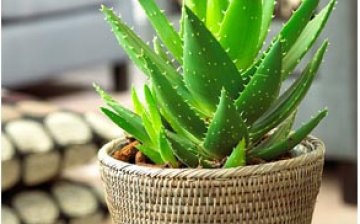
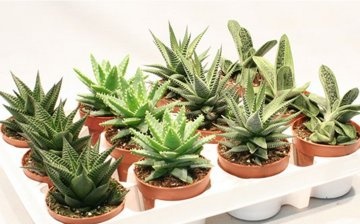
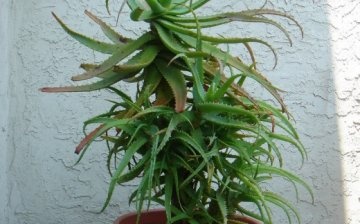
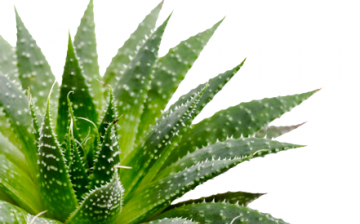
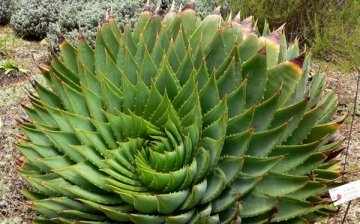
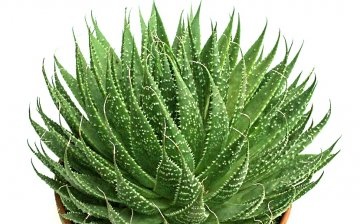
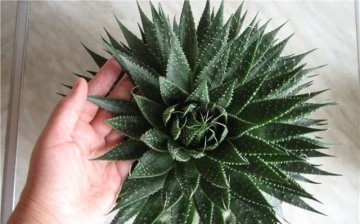







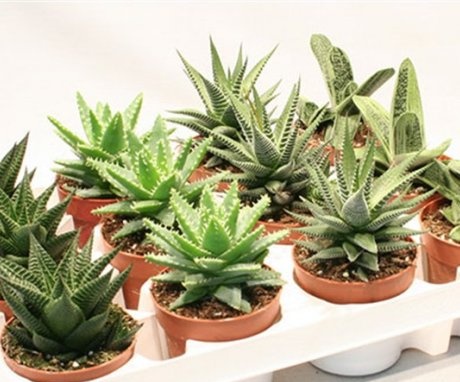
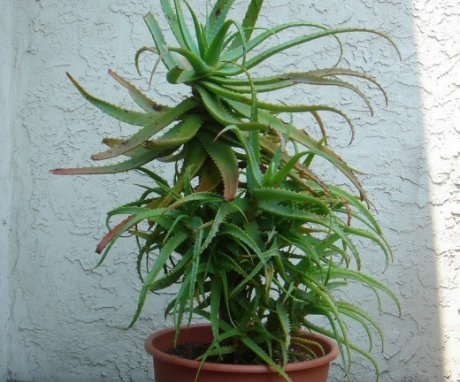
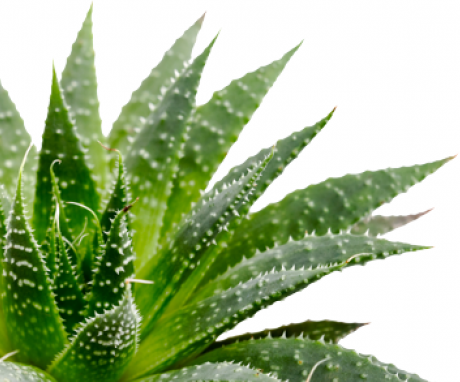
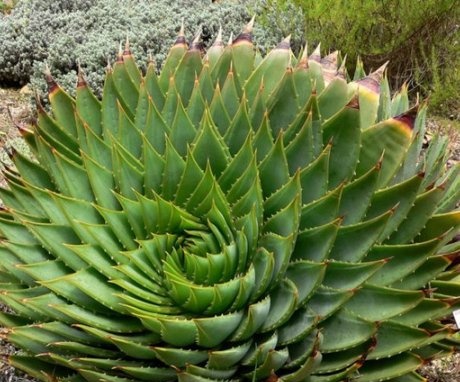
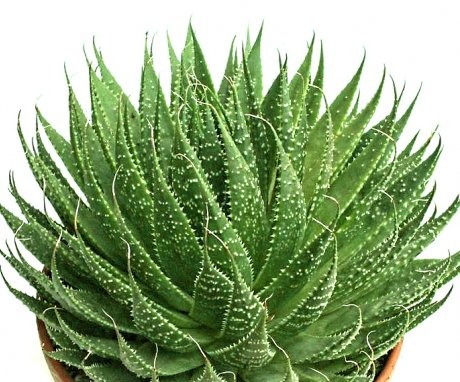
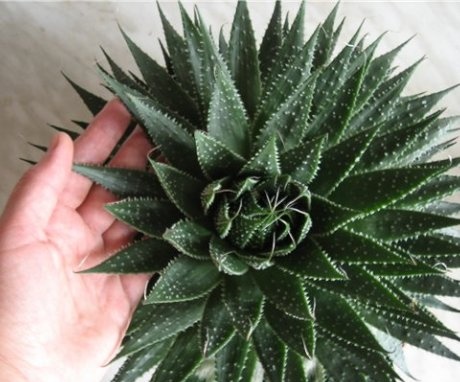
It's probably great to have several types of aloe at home. So far, only a tree-like one grows for me, it grows powerful and rather quickly. But what I can't understand is that its leaves are wide and healthy, but for some reason not very fleshy (I remember that in my childhood my grandmother had the same aloe, and the leaves were always thick, fleshy) - maybe I don't water a lot?
Absolutely not! Frequent watering is a reliable way to kill aloe, it is a drought-habitual species that does not tolerate excess moisture and therefore begins to rot. As for the pulp - aloe vera leaves contain a lot of it, it is its leaves that are usually eaten, perhaps it was your grandmother who had it. You have a tree-like aloe, for it to have thinner leaves is normal.
Precisely, probably, there was aloe vera :) I will not water more often, I convinced :) :) :)